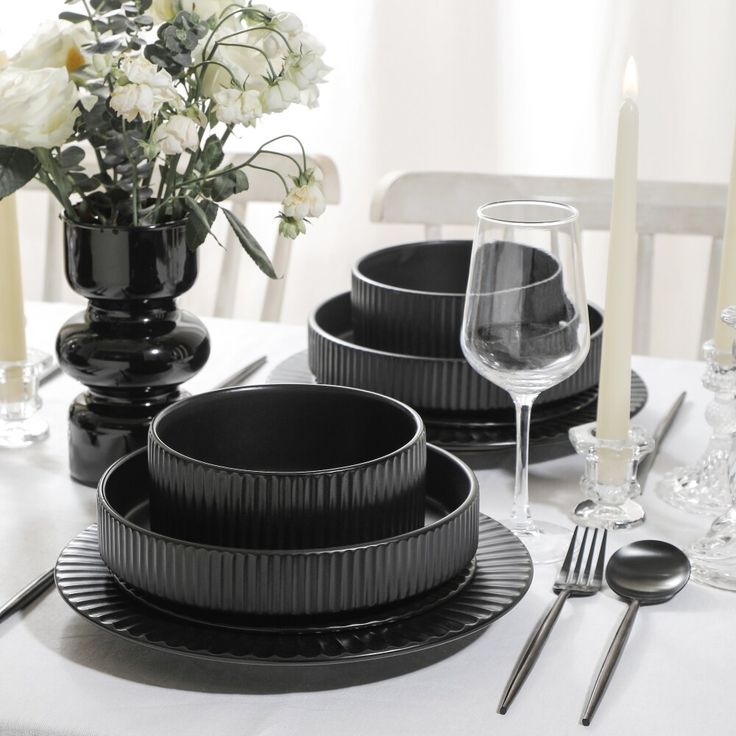Japanese tableware, with its rich history and aesthetic appeal, offers a unique glimpse into the cultural traditions of Japan. From delicate porcelain to rustic ceramics, each piece reflects the beauty and mindfulness that have been integral to Japanese life for centuries. In this article, we explore various traditional styles and designs of Japanese tableware, highlighting the materials, craftsmanship, and meaning behind these exquisite pieces.
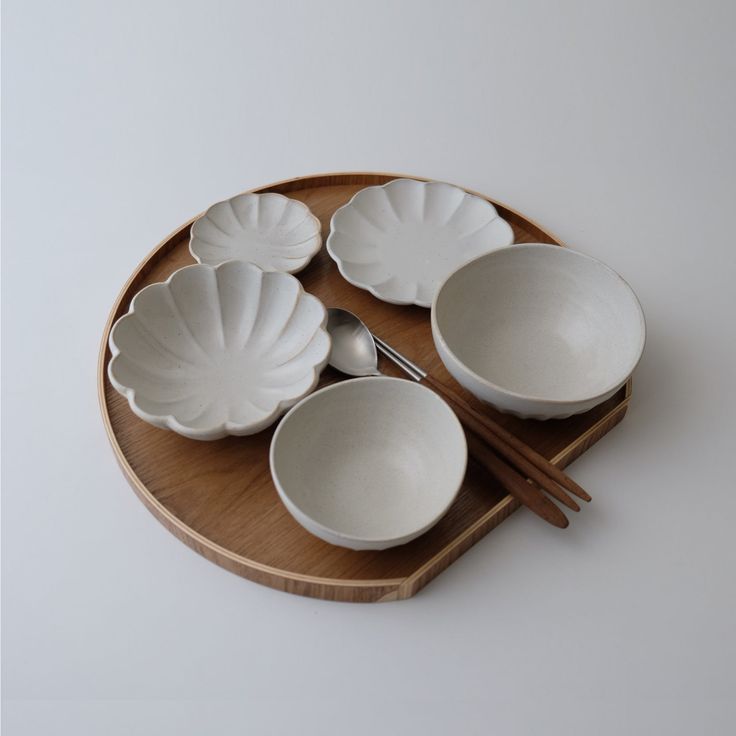
The Evolution of Japanese Tableware: A Cultural Journey
Japanese tableware is deeply influenced by Japan’s history, geography, and philosophy. Initially, people used ceramics and porcelain in everyday life, and their designs evolved over time to reflect various periods of Japanese history. The transition from simple, functional pottery to the refined and artistic forms seen today mirrors the nation’s shift from the Heian period’s elegance to the rustic, minimalist aesthetics of the Edo period.
The traditional designs often emphasize harmony with nature, simplicity, and balance, all of which are intrinsic elements of Japanese culture. Many Japanese tableware pieces feature motifs inspired by the seasons, such as cherry blossoms or waves, which further emphasize nature’s influence in design.
Throughout history, tableware has not only served a functional purpose but also played a significant role in cultural ceremonies, such as tea ceremonies and celebratory meals. Understanding the history of Japanese tableware provides insight into its modern forms and use today.
Common Materials in Japanese Dinnerware
One of the standout features of Japanese tableware is its diverse range of materials. People most commonly use ceramic and porcelain, but they also frequently use other materials such as lacquer and wood. Each material serves a distinct purpose and brings out a different aesthetic quality.
- Porcelain: Porcelain is perhaps the most widely recognized material in Japanese tableware. People often choose porcelain for high-end tableware, such as fine dinnerware sets, because they know it for its smooth, white finish. Artists often delicately paint porcelain dishes with traditional motifs and designs.
- Ceramics: Ceramics in Japanese tableware are appreciated for their earthy, rustic appeal. People often hand-throw and glaze ceramics with unique patterns, using them in more casual settings. Their textured surfaces and organic forms make them a favorite for serving traditional Japanese dishes like sushi and rice.
- Lacquerware: Lacquered tableware, typically made from wood, is another significant material in Japanese dining. This highly decorative style uses multiple layers of lacquer to create a smooth, shiny surface, often adorned with intricate designs. Lacquerware is commonly used in ceremonial settings and is a symbol of prestige.
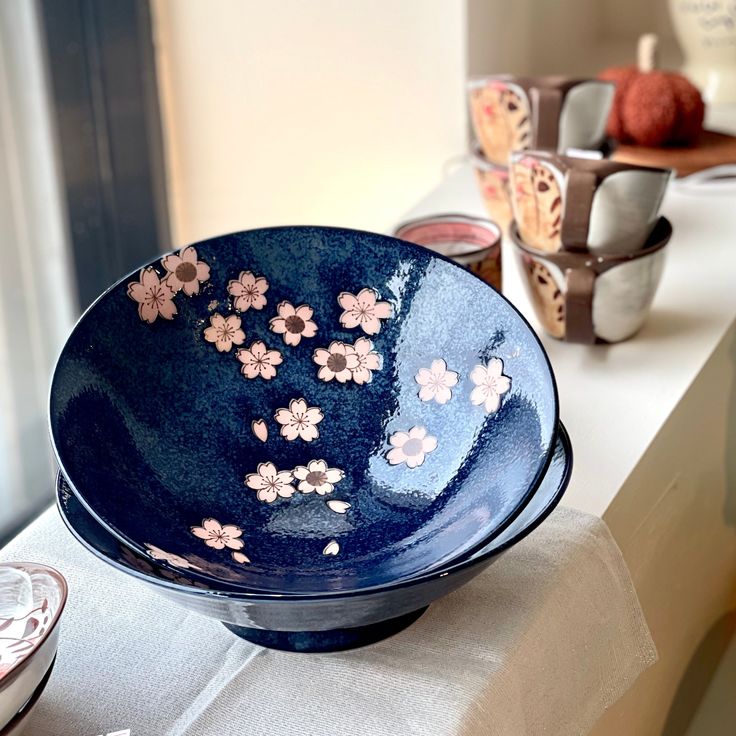
Popular Styles of Japanese Dinnerware
The beauty of Japanese tableware lies in the variety of styles and their symbolic meanings. Some of the most popular styles include:
- Imari: Imari ware, originating from the Arita region, is known for its vivid colors and intricate designs. People often use these pieces on special occasions, and designers typically feature floral patterns or scenes from Japanese folklore in their designs. Imari is a perfect example of the meticulous craftsmanship that defines much of Japanese tableware.
- Kutani: Kutani ware is another well-known style, hailing from the Ishikawa Prefecture. Characterized by its bold and vibrant colors, Kutani ware often features scenes from nature, animals, and historical figures. This style is famous for its elaborate painting and intricate designs.
- Shino: Shino ware is known for its rustic, yet elegant look. It often features a white glaze with subtle red or orange hues. People traditionally use Shino ware in tea ceremonies, and it represents a connection to Japan’s wabi-sabi philosophy, which values simplicity and imperfection.
The Role of Japanese Tableware in Tea Ceremonies
Japanese tea ceremonies, particularly the Chanoyu, are an essential part of Japanese culture, and Japanese tableware plays a central role in these rituals. In a tea ceremony, the practitioner carefully selects every item used—whether it’s the tea utensils, the tea whisk (chasen), or the tea bowl (chawan)—to represent the key principles of respect, purity, and tranquility.
The role of the tea bowl is particularly significant, as it symbolizes the humble and meditative nature of the ceremony.
- Ceramics and Porcelain Bowls: The chawan, typically made from ceramics or porcelain, is not only functional but also a work of art. The design can range from simple, rustic styles to more intricate and polished versions, each one adding to the aesthetic atmosphere of the ceremony. The choice of bowl can influence the overall feel of the ceremony, with more ornate bowls used for special occasions and simpler ones for regular practice.
- Functionality of the Tea Bowl: The design of the chawan is carefully crafted for practical purposes. Its wide opening is perfect for mixing tea powder and hot water, allowing the whisk to aerate the tea thoroughly. Additionally, the smooth edges make the bowl comfortable to hold and drink from, contributing to a serene and enjoyable tea-drinking experience.
- Symbolism and Heritage: People not only use these bowls for their functionality but also cherish them as family heirlooms, often passing them down through generations. Over time, the bowls become imbued with the history and memories of previous ceremonies, further enhancing their significance.
In the context of the tea ceremony, Japanese tableware transcends its practical role. It becomes a symbolic object that ties the participant to centuries of tradition, creating a serene and harmonious atmosphere where the ritual can unfold with mindfulness and grace.
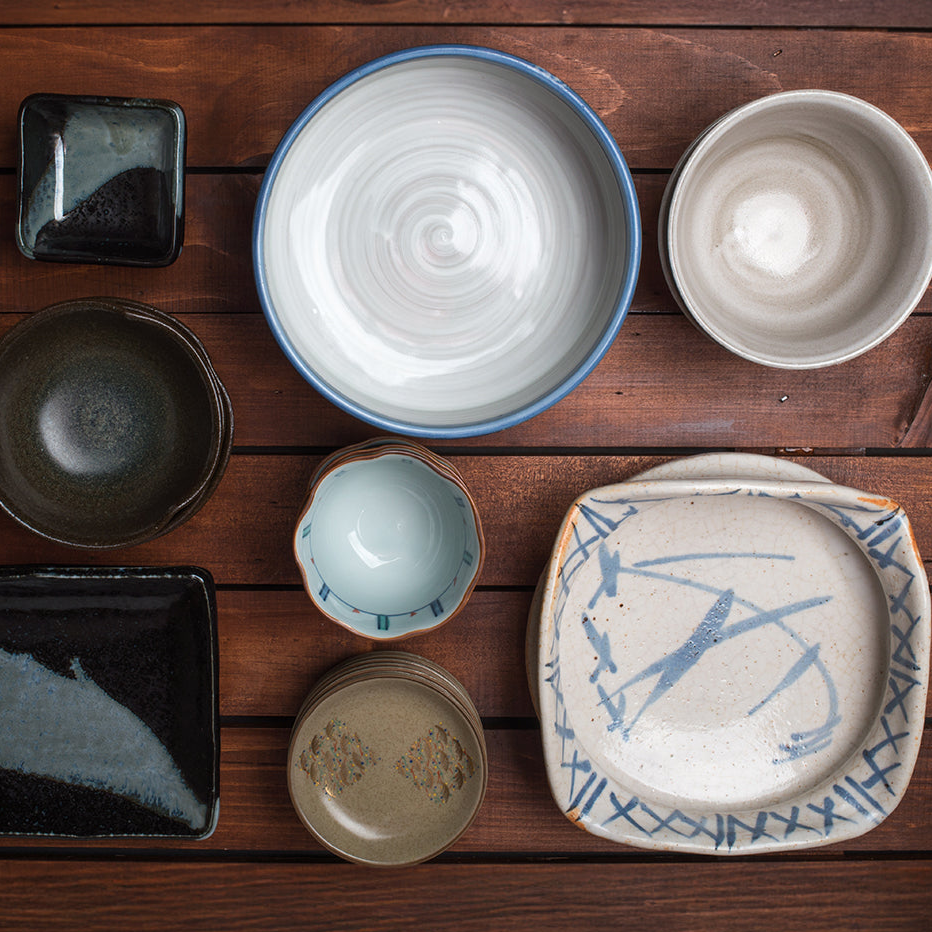
Seasonal Influences on Japanese Dinnerware
A key feature of Japanese dinnerware is its strong connection to the changing seasons. This reflects Japan’s deep cultural attunement to nature and the passage of time.
- Spring and Cherry Blossoms: During spring, Japanese dinnerware often features delicate cherry blossom designs. These symbols celebrate the fleeting beauty of sakura, which is central to Japan’s springtime celebrations.
- Autumn and Chrysanthemums: In autumn, chrysanthemums become a popular motif on dinnerware. Known as a symbol of longevity, these flowers evoke the beauty and tranquility of the fall season.
- Connecting to Nature: By incorporating seasonal motifs, Japanese tableware helps bring nature into the home. This seasonal approach creates a deeper sense of harmony and mindfulness, allowing individuals to appreciate the ever-changing environment.
The use of seasonal dinnerware enhances the dining experience, making each meal a celebration of nature’s cycles.
Minimalism and Simplicity in Japanese Tableware Design
Minimalism is one of the most celebrated principles in Japanese design, and it is a key feature in many Japanese tableware pieces. The concept of “ma” (the space between objects) is central to Japanese aesthetics, encouraging simplicity and restraint. Many pieces of Japanese tableware feature a minimalist approach, emphasizing clean lines and understated designs.
The idea behind minimalist Japanese tableware is to allow the food to take center stage, rather than drawing attention to the dish itself. The simplicity of the designs serves to enhance the overall dining experience, creating a calm and tranquil atmosphere.
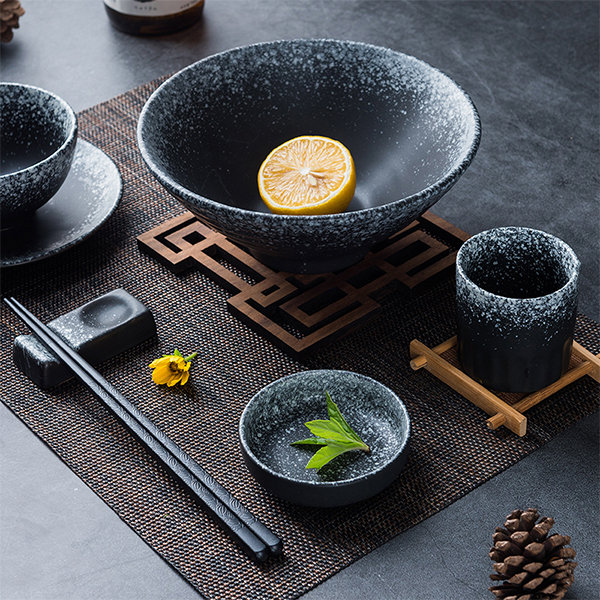
The Symbolism Behind Japanese Dinnerware Designs
Many designs found on Japanese tableware are imbued with symbolic meanings. In Japanese culture, people consider certain motifs, such as cranes, turtles, and pine trees, to be auspicious. These symbols are used to convey wishes for longevity and good fortune. People often select these symbols for special occasions like weddings or New Year celebrations, believing they bring blessings to those who use the tableware.
The careful selection of patterns and symbols is a reflection of the Japanese belief in the interconnectedness of life and nature. Each piece of tableware is a small but meaningful part of a larger cultural and spiritual tradition.
How to Care for Japanese Dinnerware
- Read Manufacturer Instructions: Always follow the specific care guidelines provided by the manufacturer, as some Japanese dinnerware may require hand-washing instead of using a dishwasher.
- Use Gentle Cleaners: Avoid abrasive cleaners or harsh sponges that can scratch or damage the delicate surface of porcelain and ceramic pieces.
- Hand Wash When Necessary: For fine porcelain and hand-painted ceramics, opt for hand washing with mild dish soap. Use a soft cloth to preserve the integrity of the design.
- Proper Storage: Store your Japanese dinnerware in a safe, cushioned place to prevent accidental chips or scratches.
- Avoid Extreme Temperatures: Avoid exposing the tableware to sudden temperature changes, as this can cause cracking.
Proper care will help your Japanese dinnerware maintain its beauty and last for years, enhancing your dining experience.
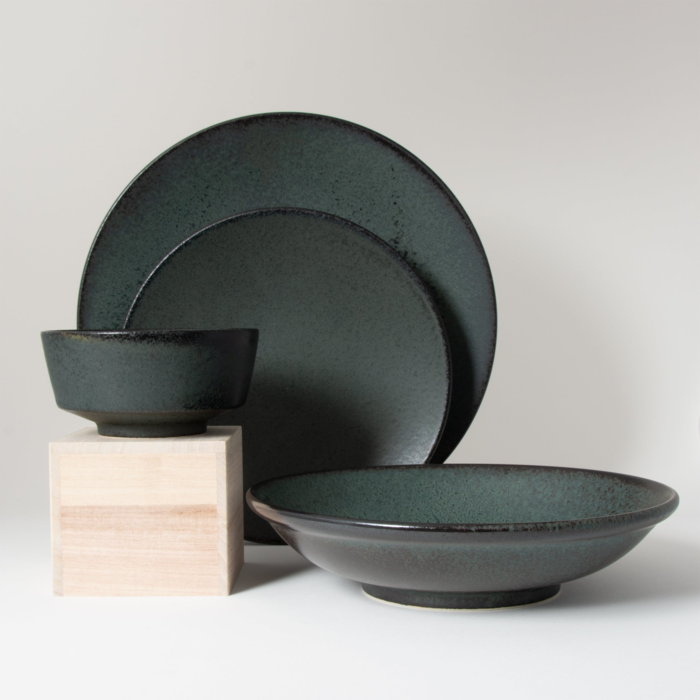
Conclusion
Japanese tableware offers more than just functional pieces for dining; it provides a window into the rich cultural heritage of Japan. From the history and materials to the designs and symbolism, each piece tells a story of tradition, craftsmanship, and beauty. Japanese tableware enhances any meal, whether you’re hosting a formal dinner or enjoying a quiet meal at home. It transforms each dining experience into an occasion to celebrate the art of eating.
By understanding the various styles and meanings behind Japanese tableware, you can better appreciate the artistry that goes into each piece and the cultural significance it carries. Incorporating Japanese tableware into your life allows you to connect with the timeless traditions of this beautiful country. Whether you’re an enthusiast or a collector, it offers a unique way to experience Japanese culture.
